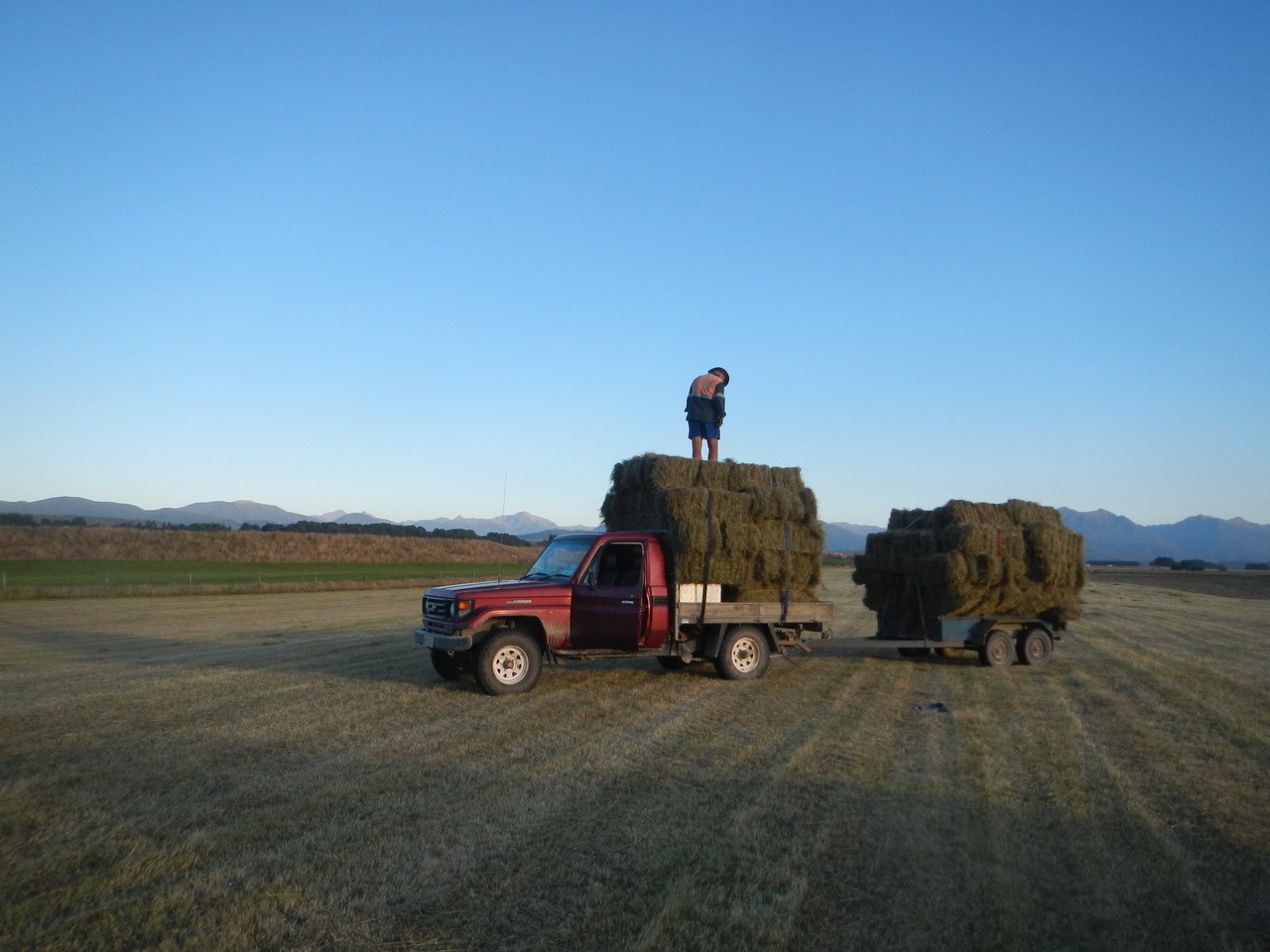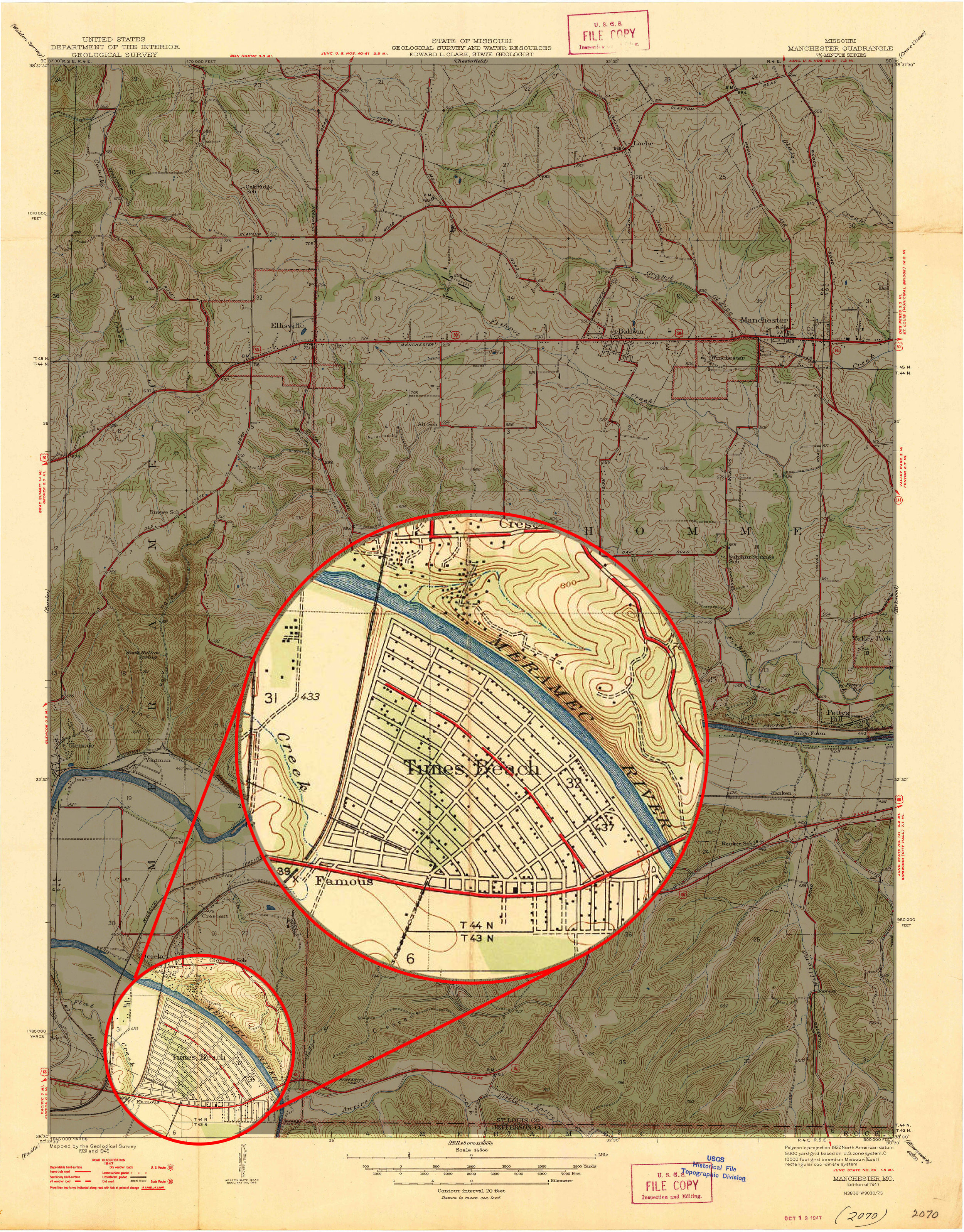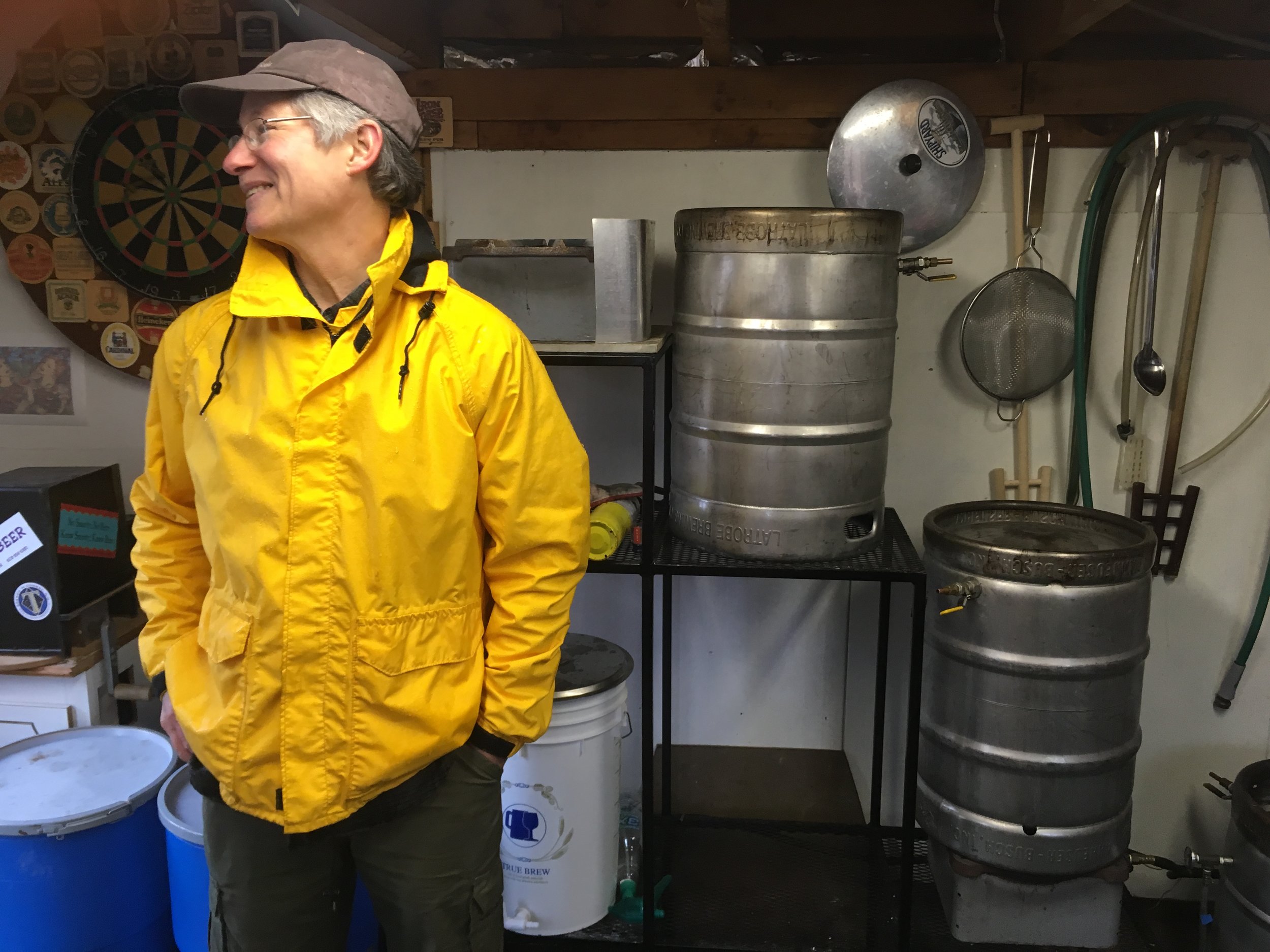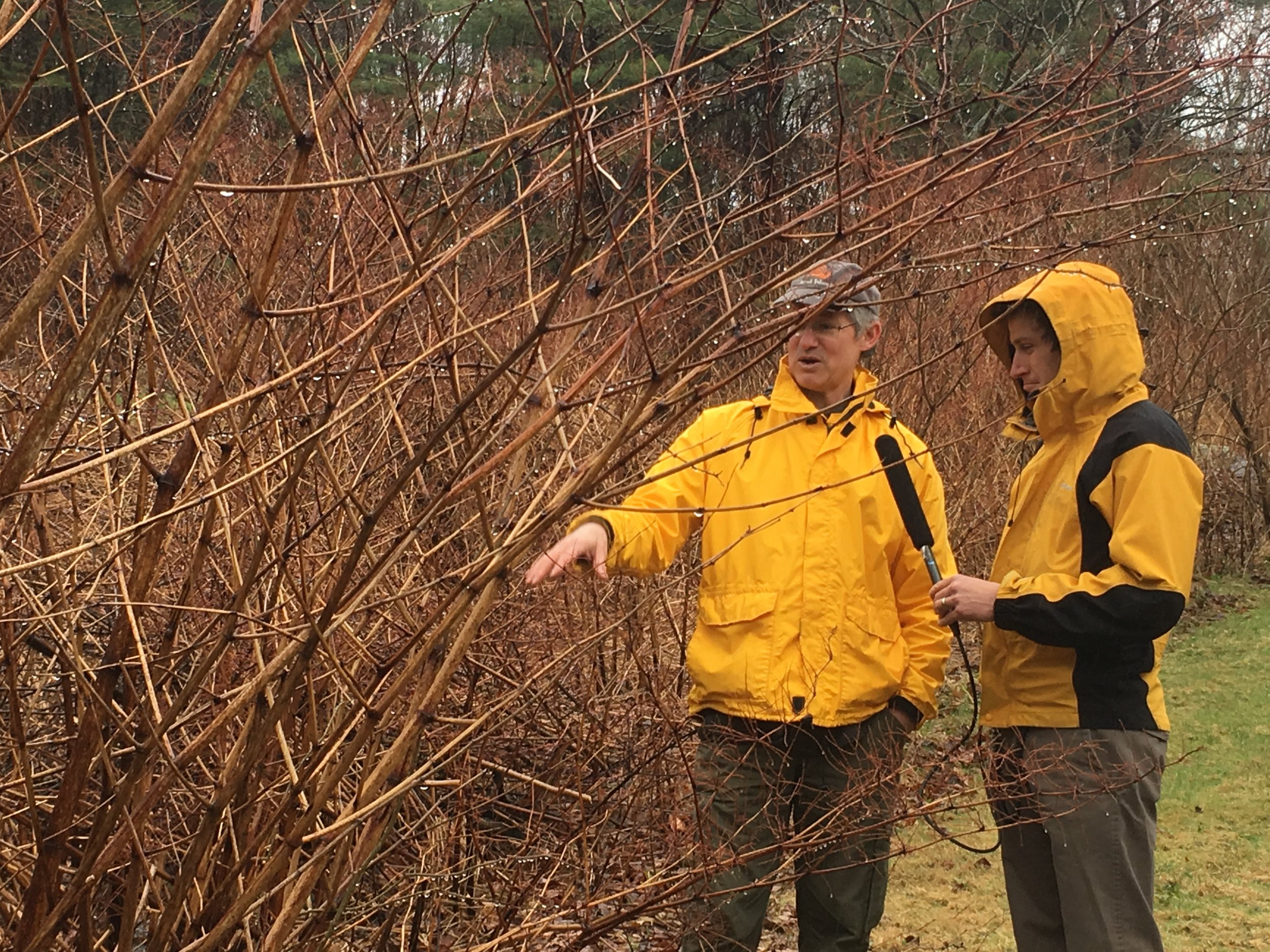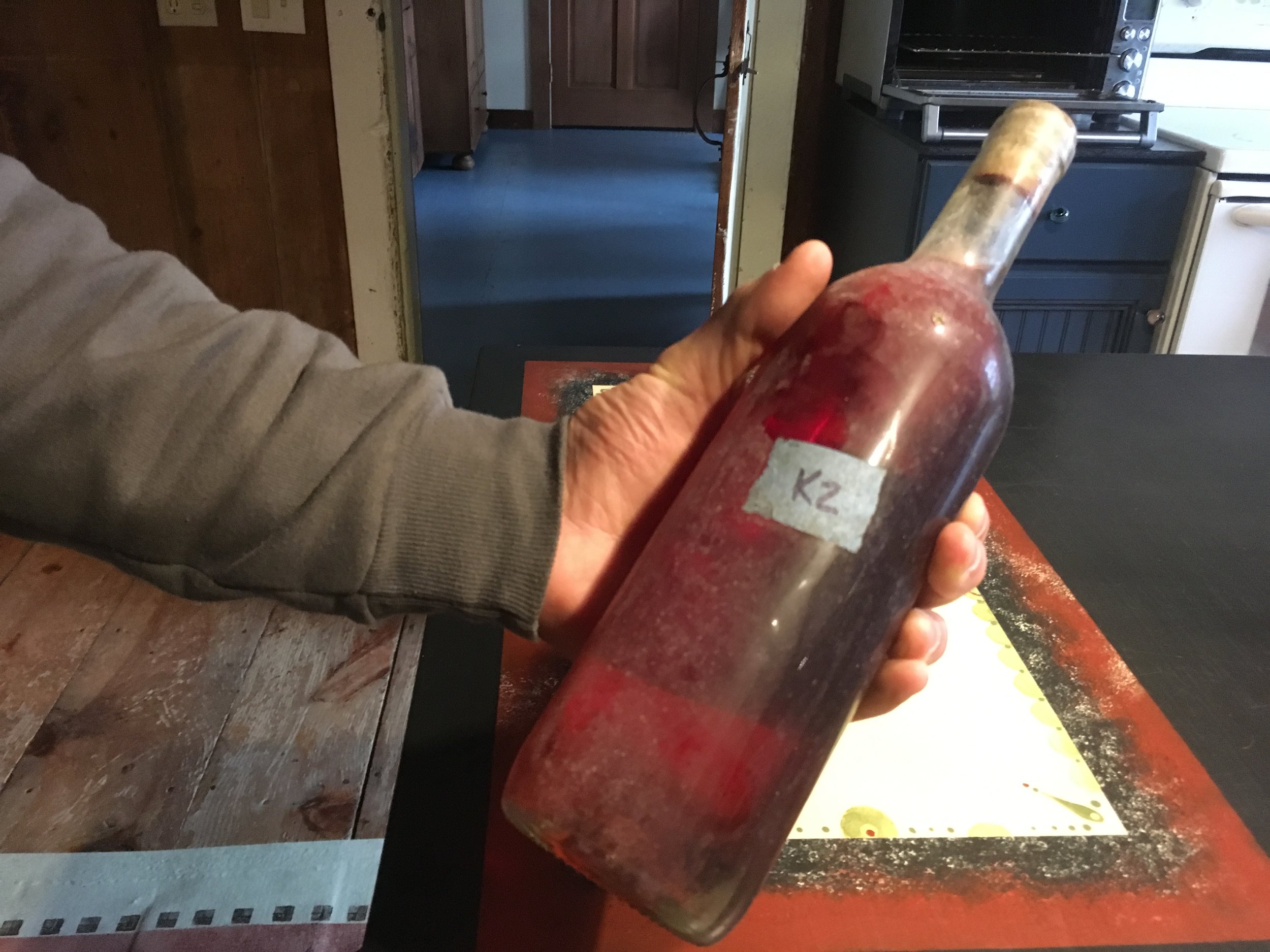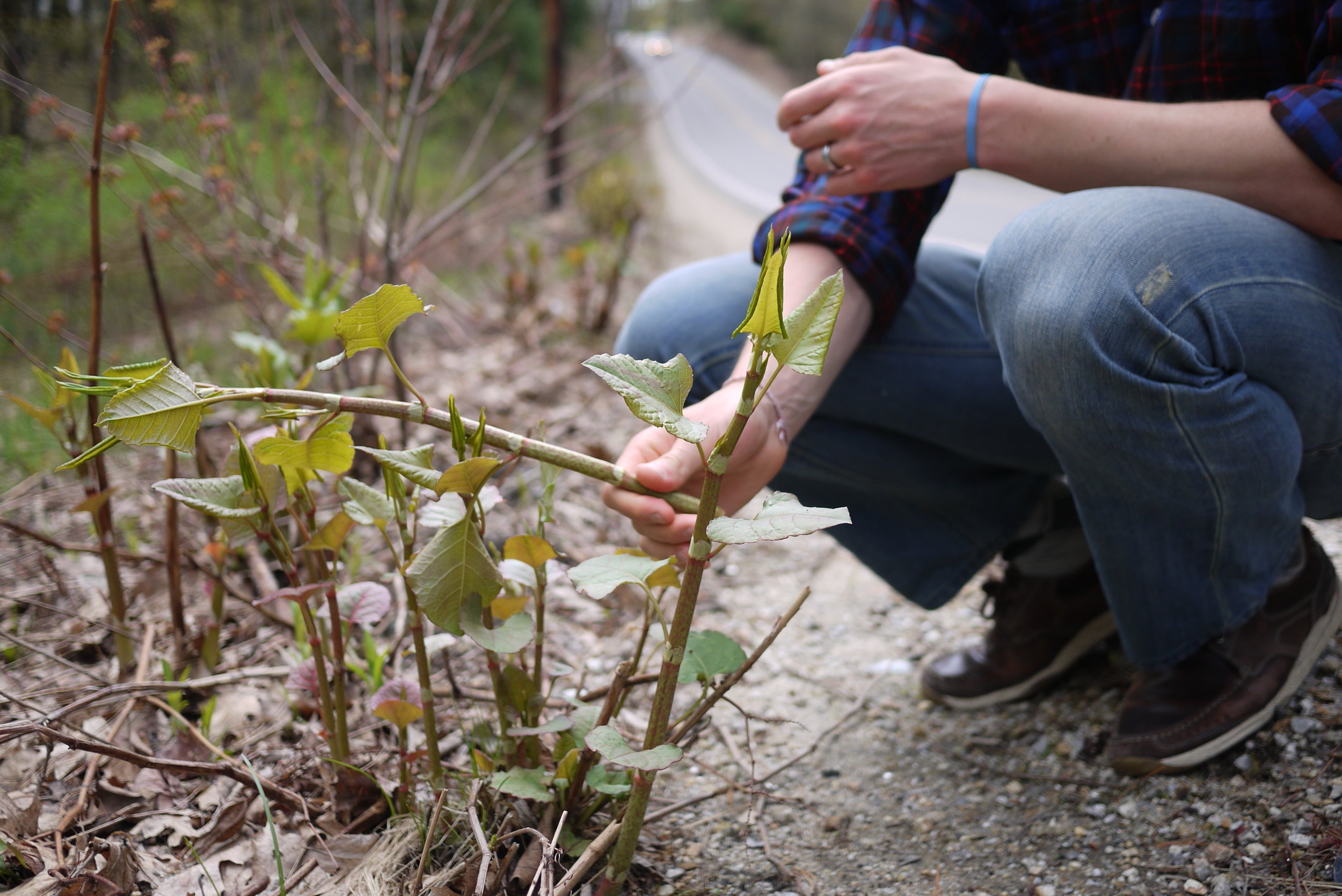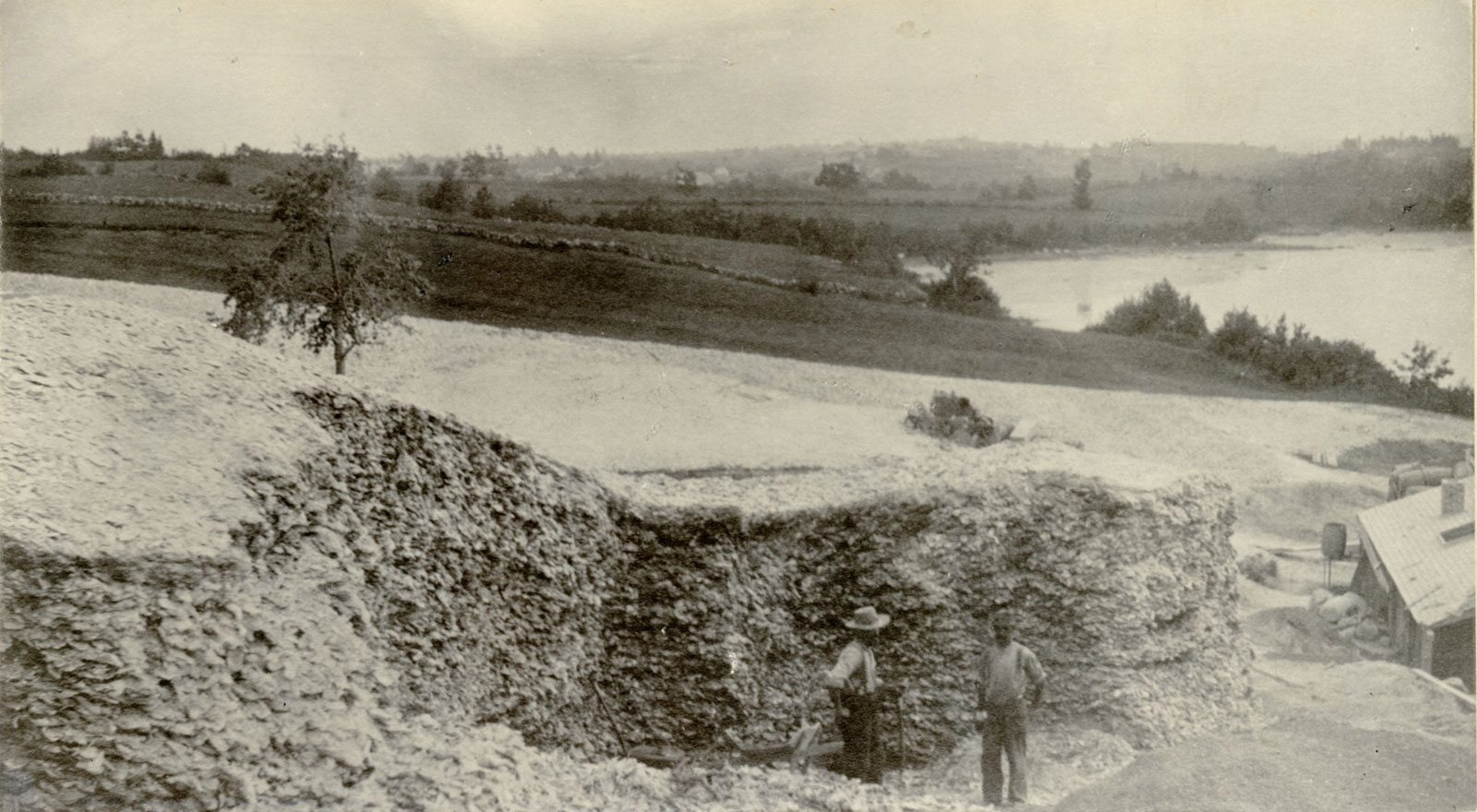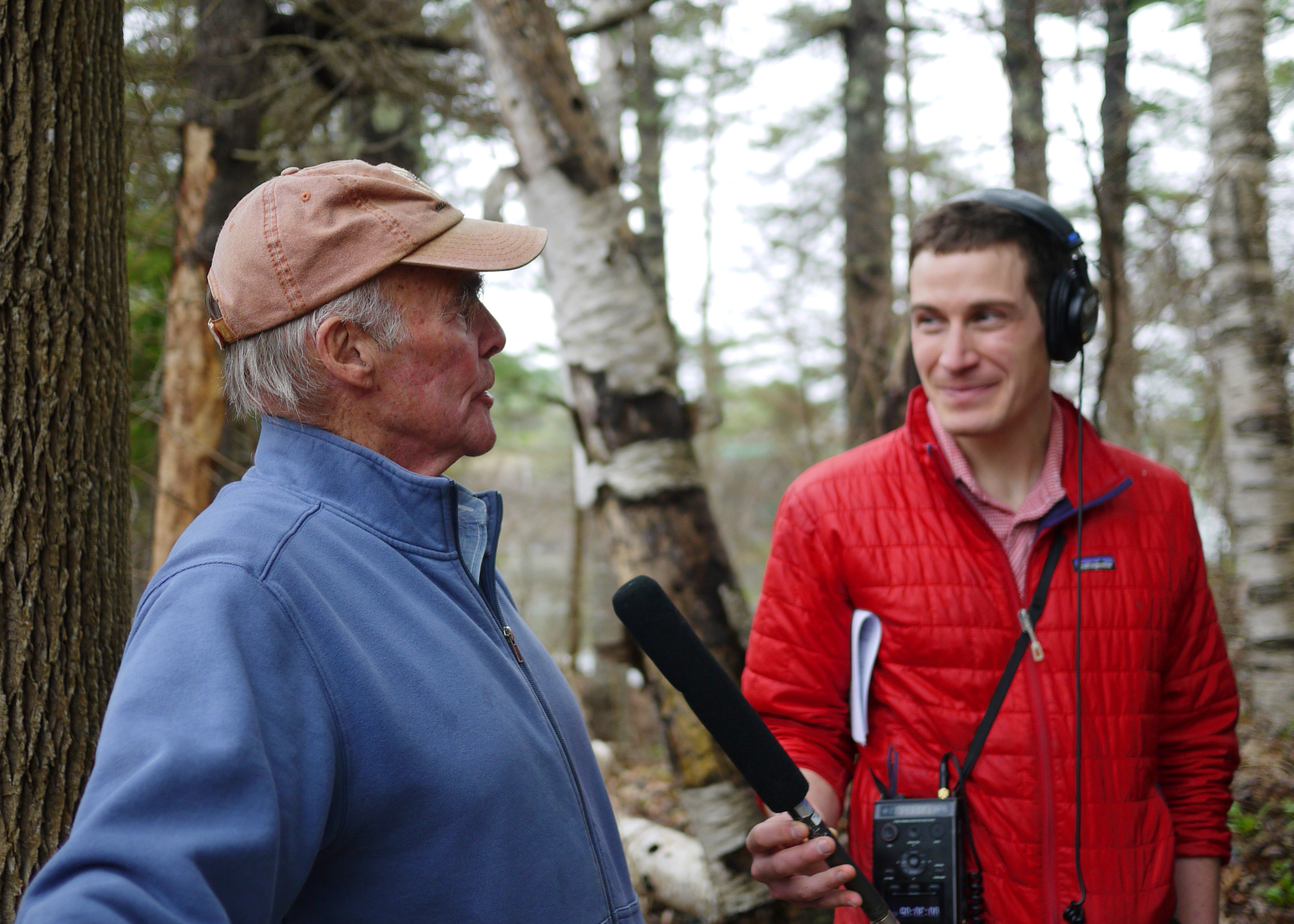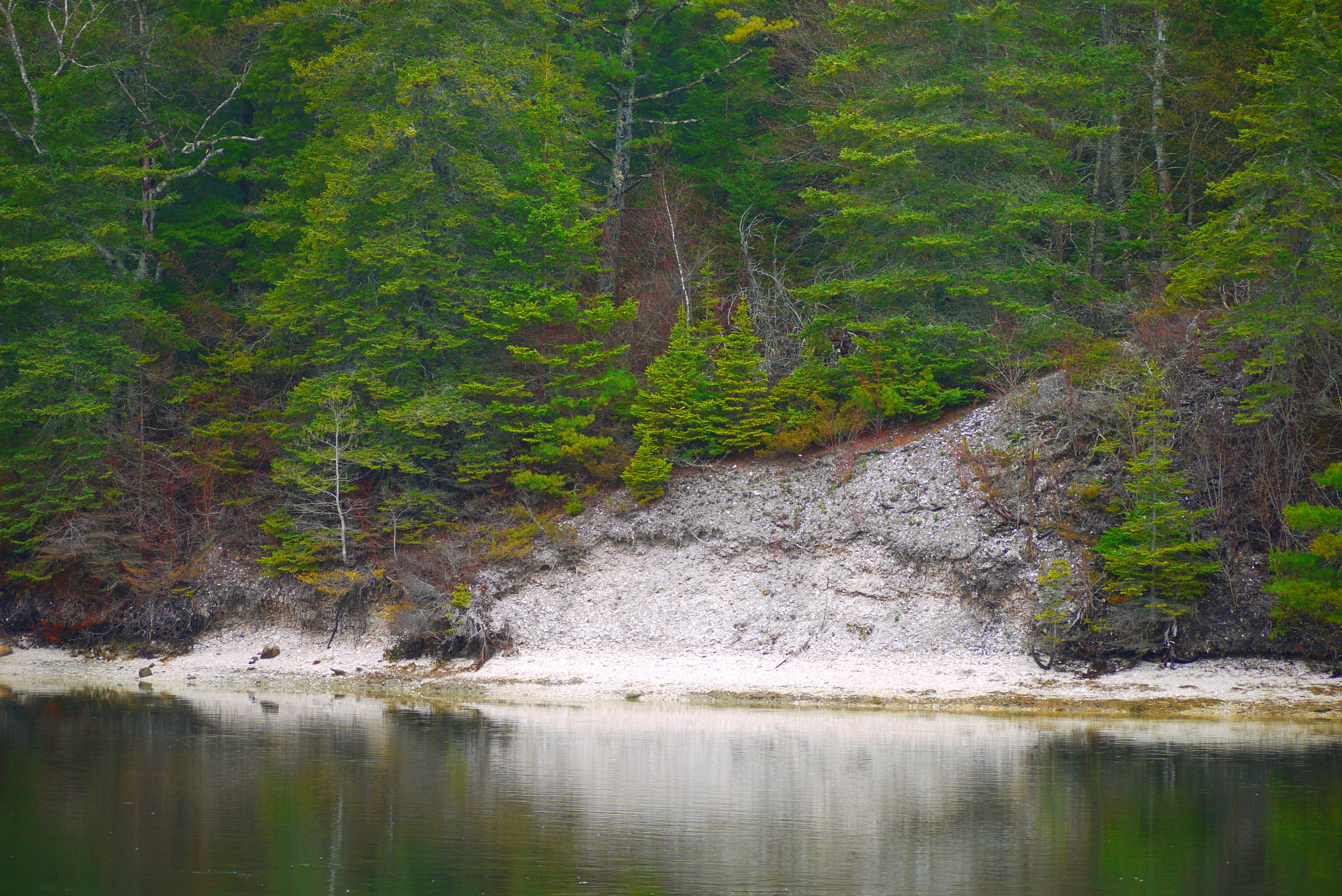Marilyn Leistner knew the drill when it came to floods. In her hometown of Times Beach, Missouri—a small town that hugged the Meramec River outside St. Louis—flooding was a fact of life. Every time the waters rose, she and her family would put the furniture up on concrete blocks and tie up the drapes just in case, but the water almost never got into their home.
But the flood of 1982 was different.
“We barely got out with our lives,” Marilyn says. “We were at the last minute—with the floodwaters lapping at the front porch—putting things up in a safe place.”
With the water rising fast, Marilyn, her husband, one of their daughters, and the family’s dog all got on a boat to leave. The water was swift, and a pallet rushing by hit the motor. It knocked out the forward gears and they had to escape in reverse, but they motored to safety through the streets of the flooded town.
Times Beach was a close knit working-class neighborhood of about 2,000 people, many of whom worked at the Chrysler plant just down the highway. There was a baseball diamond where the hometown team, The Sons of the Beach, played. It was the kind of place where kids grew up to marry their high school sweethearts and stayed to start a family.
But when the floodwaters crested 24 feet above normal on December 6, 1982 all of that was underwater. It was a 500-year flood; homes were wrecked, heirlooms and photo albums ruined.
“I was really devastated,” Marilyn says. “Sometime through the flood event [the] back door on our home came open and a lot of stuff floated out. I have no pictures of my kids back then.”
She didn’t yet know it then but they would lose a lot more than just those old photos. Marilyn and her family would never live in their home again or in Times Beach for that matter. No one would. But not because of the flood.
The Men in White Suits
As the water receded after the 1982 floods, when people would typically be getting ready to clean up, rebuild, reclaim their homes, the people of Times Beach got some bad news. Times Beach was about to be the site of one of the biggest environmental cleanups in U.S. history.
The beginning of the end of Times Beach actually started 10 years before. In the summer of 1971 dozens of horses in the area started to die. Next, birds and cats started to drop dead, and a few months later, two little girls came down with a mysterious illness. At first it seemed like the flu, with headaches and diarrhea, but then one day the family had to rush one of their daughters to the hospital with terrible stomach pain: it turned out her bladder was inflamed and bleeding. Other people started getting nasty symptoms too: nausea, headaches, hair loss.
Federal health officials launched an investigation but ten years went by without much action. That is, until November 1982, just before the flood, when the men in white suits showed up in Times Beach.
Marilyn remembers it like something out of a science-fiction movie. “Kids were out there playing in regular clothes—shorts, no shoes—and here are these men in these moon suits taking soil samples,” she says. “It was scary.” Another longterm Times Beach resident, Cindy Reid, says the workers in hazmat suits on her street wouldn’t say why they were taking samples.
But the 2000 residents of Times Beach didn’t have time to worry about the men in the moon suits. They had a bigger problem on their hands: the river.
Just weeks after the EPA started testing the soil, heavy rain hit Times Beach, and didn’t stop for four days. Cindy, her son Michael, and her husband Nick, watched as the flood waters rose through the town. The water was warm, she remembers, as it rose around her ankles and then her knees and finally her chest. They decided to leave.
Cindy and her family walked four miles to a dry spot overlooking Times Beach. The town was wrecked. The streets where Michael and the other kids would have block-wide snowball fights and the field where the Sons of the Beach softball team played was sitting under swirling, muddy river water. The grocery store where Cindy would do the family’s shopping was gone. There was five feet of river water lapping at the walls of their living room.
Looking over the flooded town below, Cindy’s family tried to figure out what they would do next. They took a vote between them and decided to stay and rebuild. “You do what you have to do,” she says.
But they never got that chance. On December 23, 1982, federal and state authorities told everyone to evacuate Times Beach. If residents already left their homes, they were told not to come back.
That’s because the men in white suits had found something: there were dangerously high levels of something called dioxin on the streets of Times Beach. Dioxin is a toxic byproduct of a lot of chemicals but it’s best known as an ingredient in Agent Orange.
The U.S. military used a herbicide called Agent Orange during the Vietnam War. It’s been linked to skin burns, cancer, and liver failure in veterans. Mothers who were exposed to it had babies with terrible birth defects. Experts found levels of this stuff in Times Beach that were 100 times higher than what was considered safe.
So, how did dioxin end up in a small town in Missouri?
The Making of a Superfund Site
Well, like a lot of small towns with modest budgets, most of the roads in Times Beach were unpaved and dirt roads can get dusty. Back then, one cost-efficient way to control the dust was to spray motor oil on the roads.
And that’s where a waste-oil hauler named Russell Martin Bliss comes into the story. A chemical plant in southwest Missouri hired Russell to dispose of waste from the facility. Now, guess what this factory used to produce? Agent Orange. Russell has always claimed he didn’t know the sludge he had was dangerous and so he did what he had always done before: mixed the sludge with waste oil and started spraying. He sprayed it at stables, church parking lots, his own farm, and the dirt roads in Times Beach.
Cindy remembers the neighborhood kids used to ride their bikes behind the Russell’s truck as he sprayed the roads. “There wasn't a kid down there who didn't wear that oil,” she says.
In 1983—just a few months after the flood—and shortly after the guys in white suits discovered dangerously high levels of dioxin in its soil, Times Beach was named one of the first Superfund sites in the United States.
If you’re like most people, and only have a nebulous idea of what the Superfund law actually entails, here’s a quick history lesson. People back in the 1970s and 1980s were really freaked out by toxic waste—and rightly so. There were two cases in particular that made headlines. One of them is called Love Canal, which was a town in western New York outside of Niagara Falls where toxic waste had been buried for years. A local school was built on top of the waste dump, and the result was disastrous. There was also the so-called Valley of the Drums near Louisville, Kentucky. The name kind of says it all: thousands of barrels piled up in shallow pits leaking toxic waste into the groundwater.
























